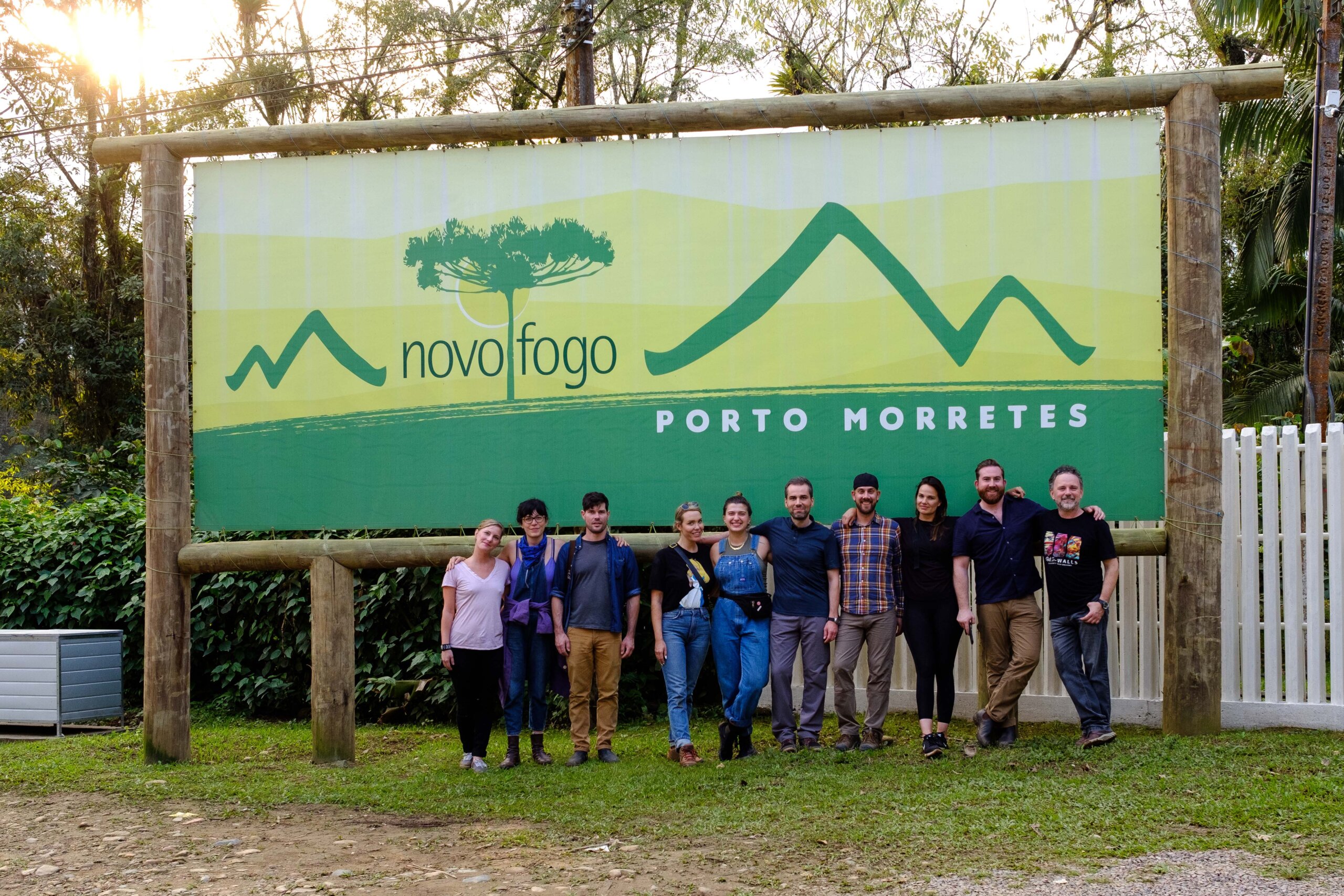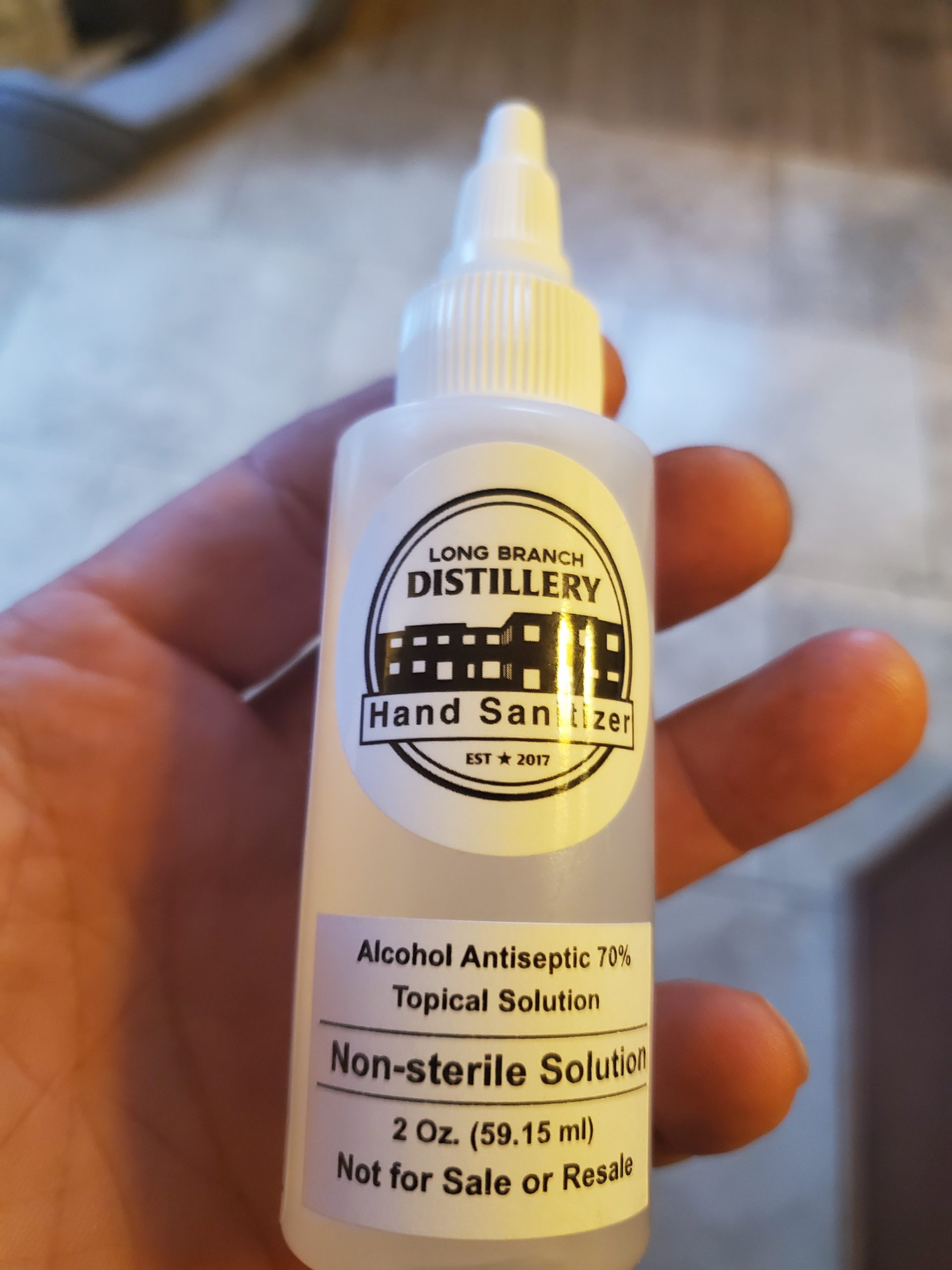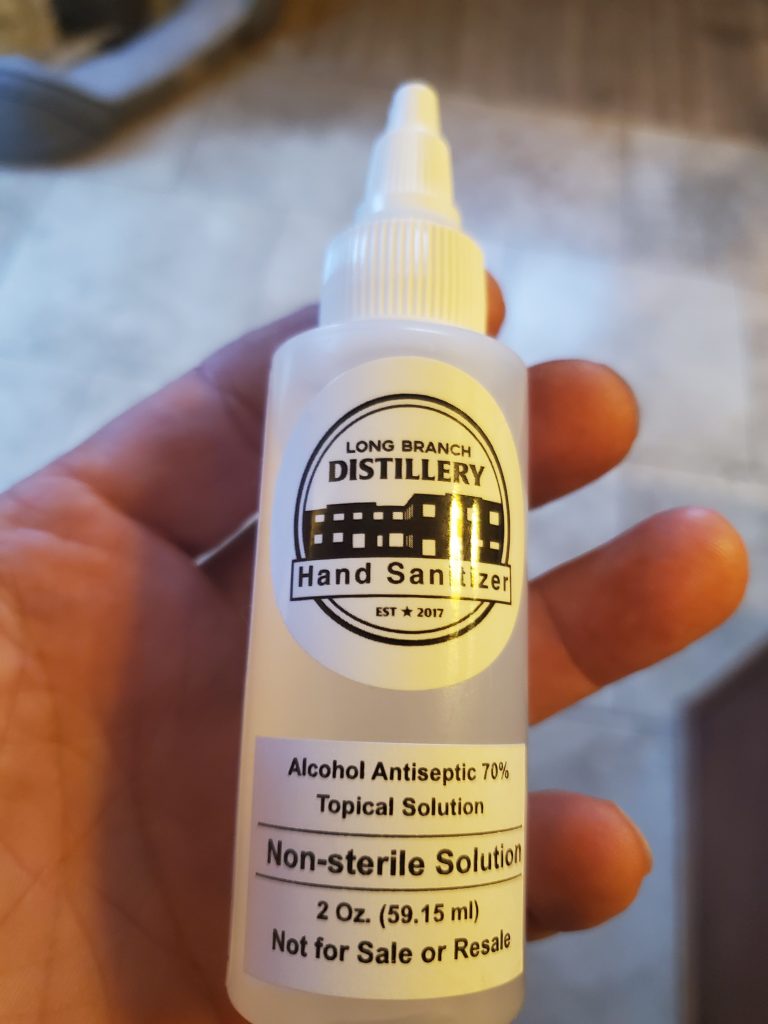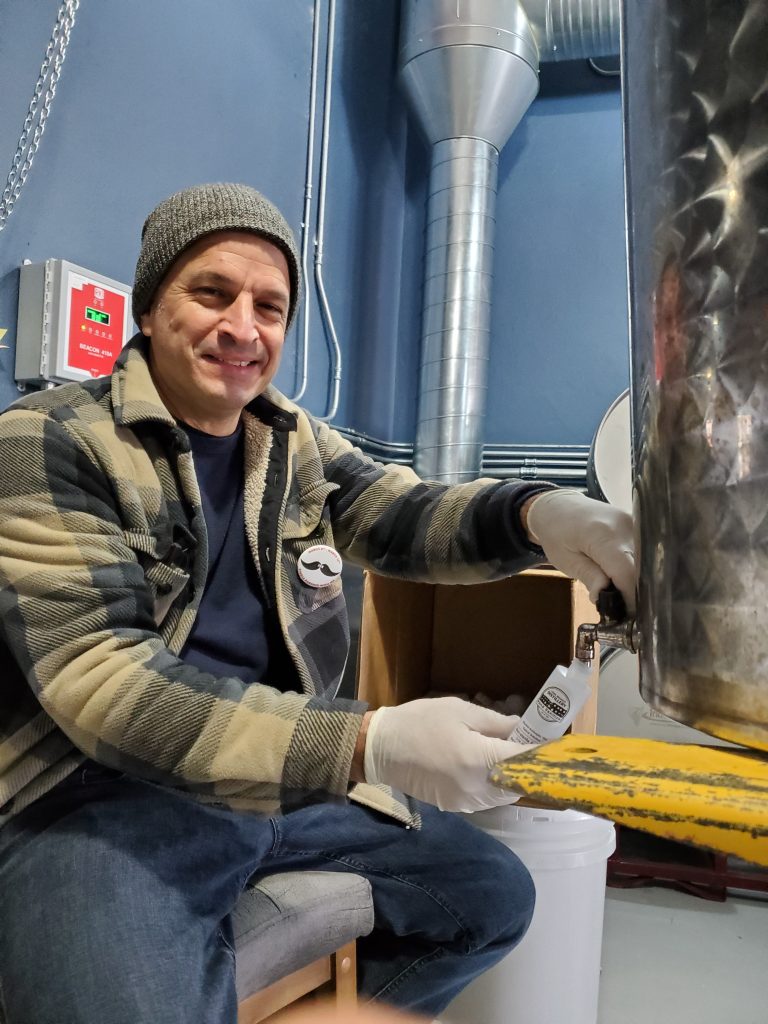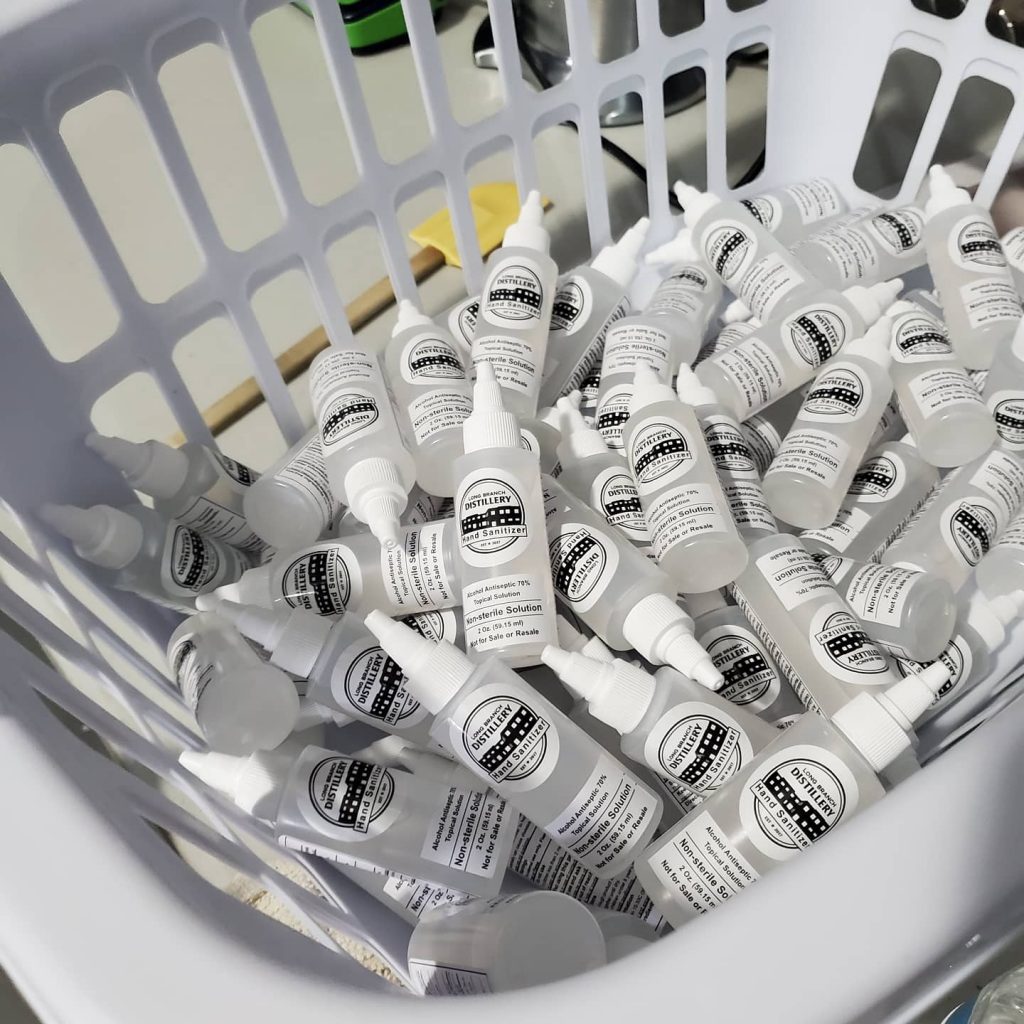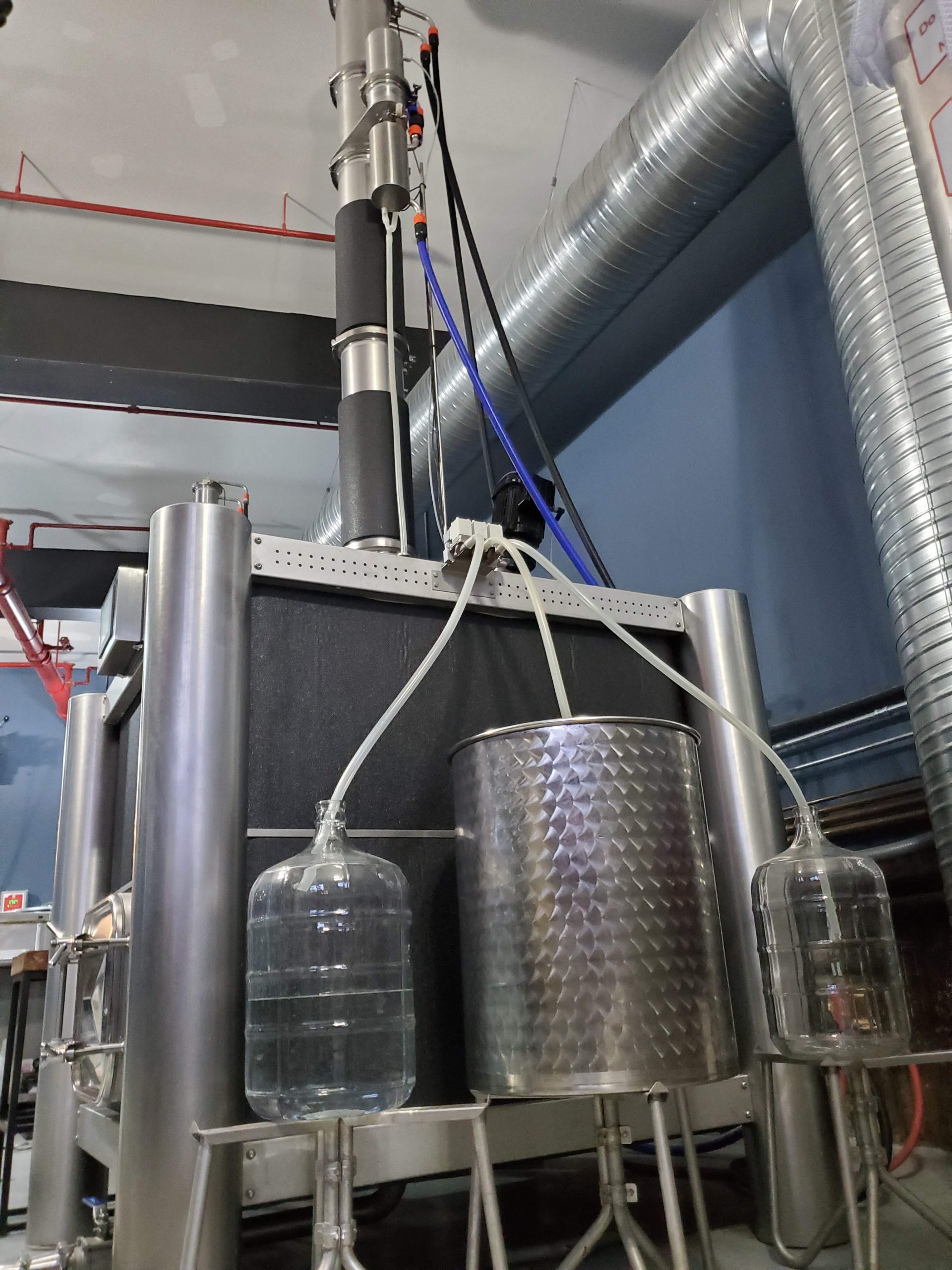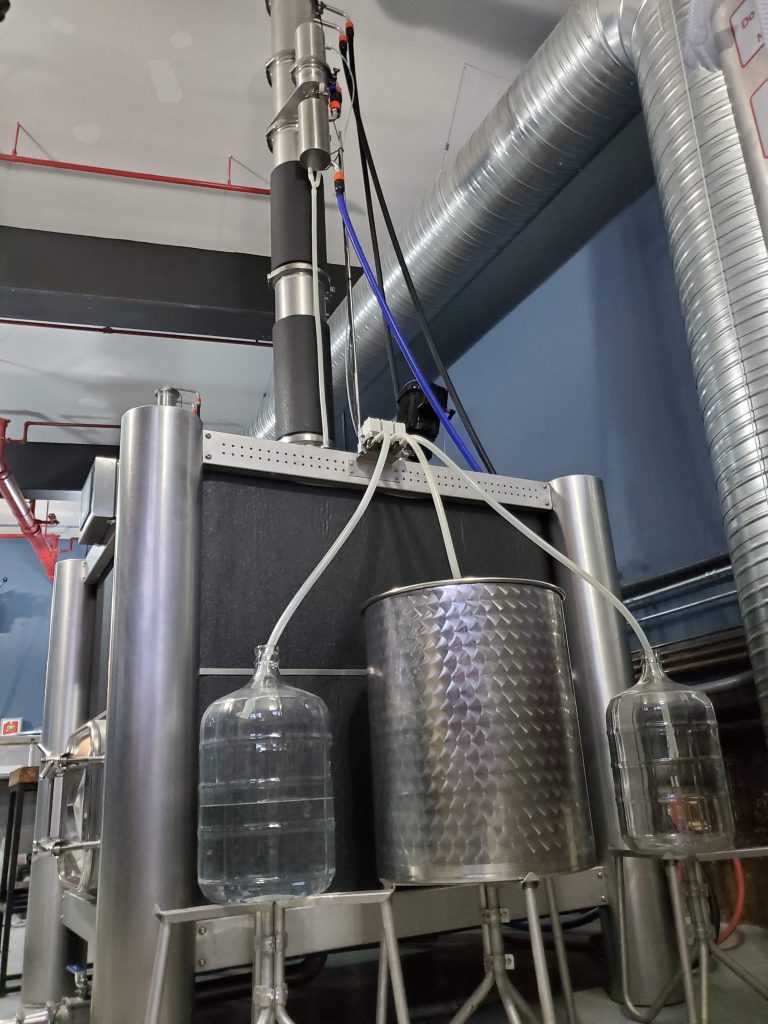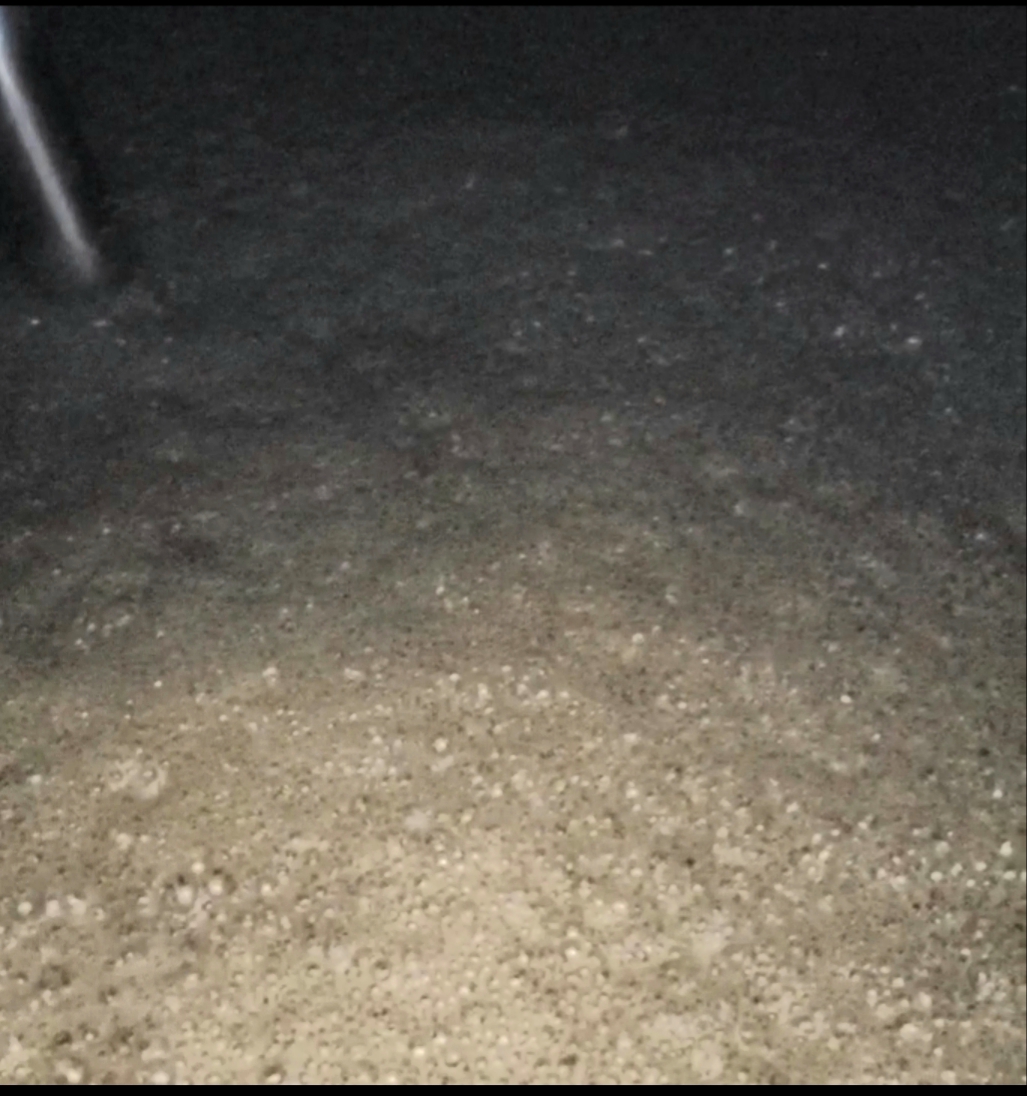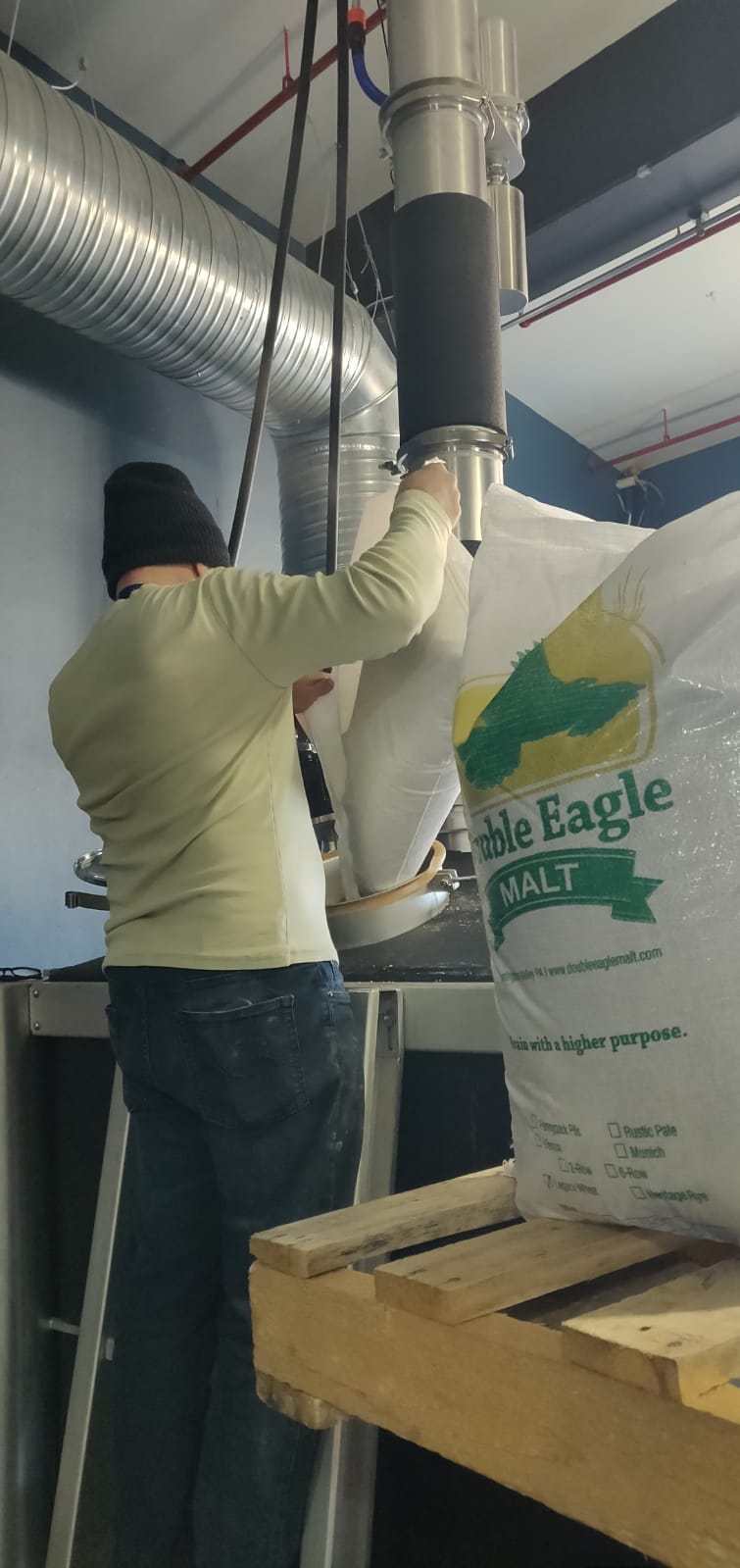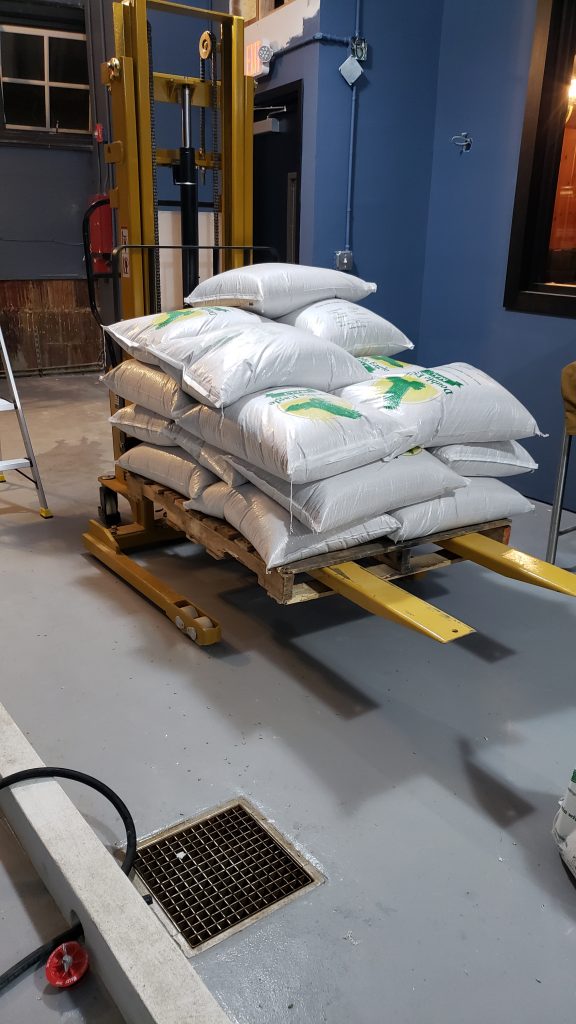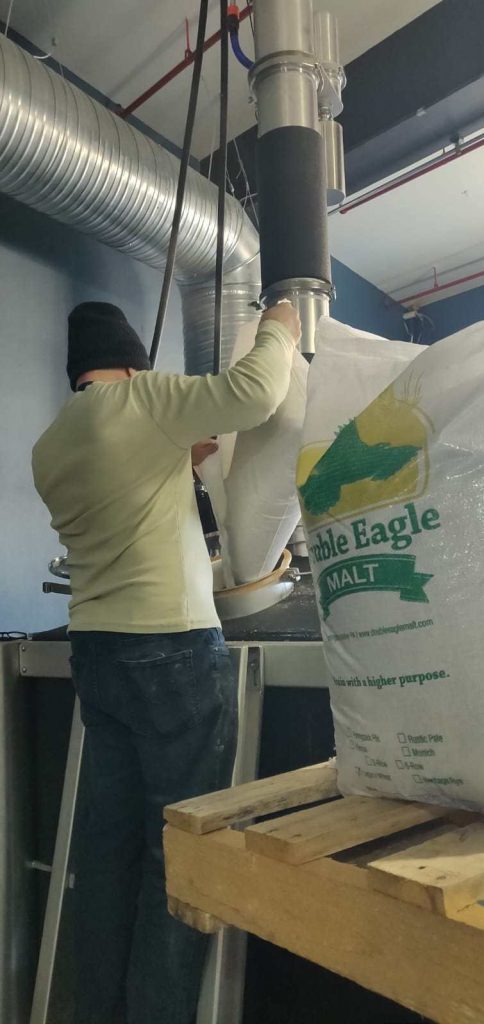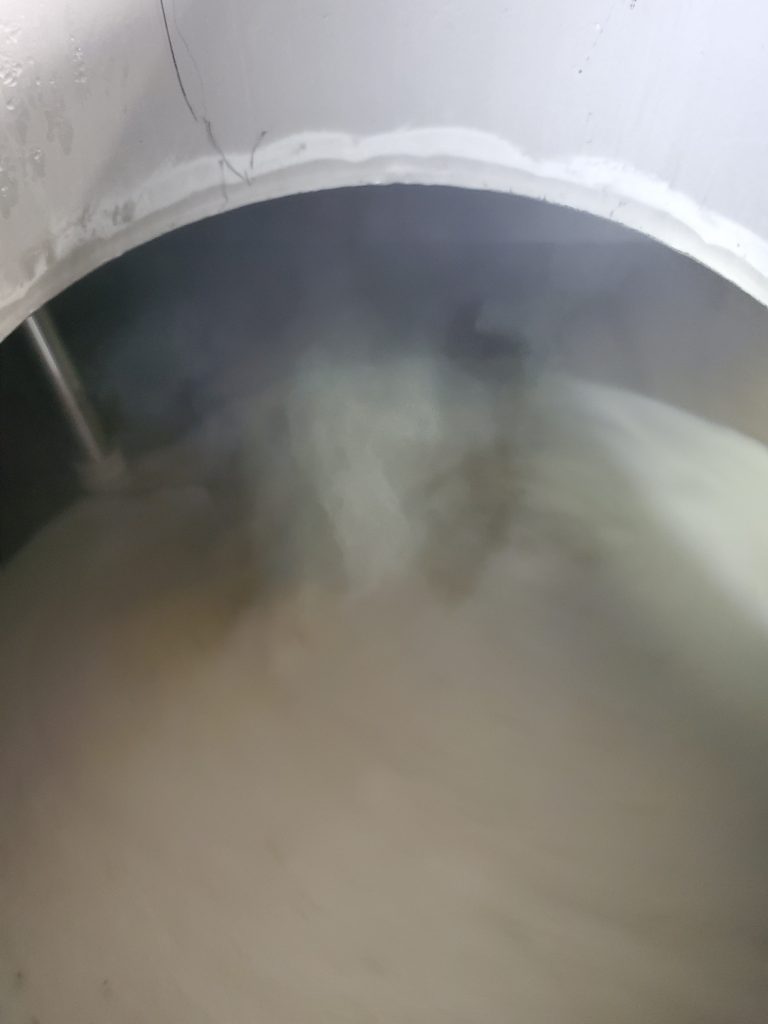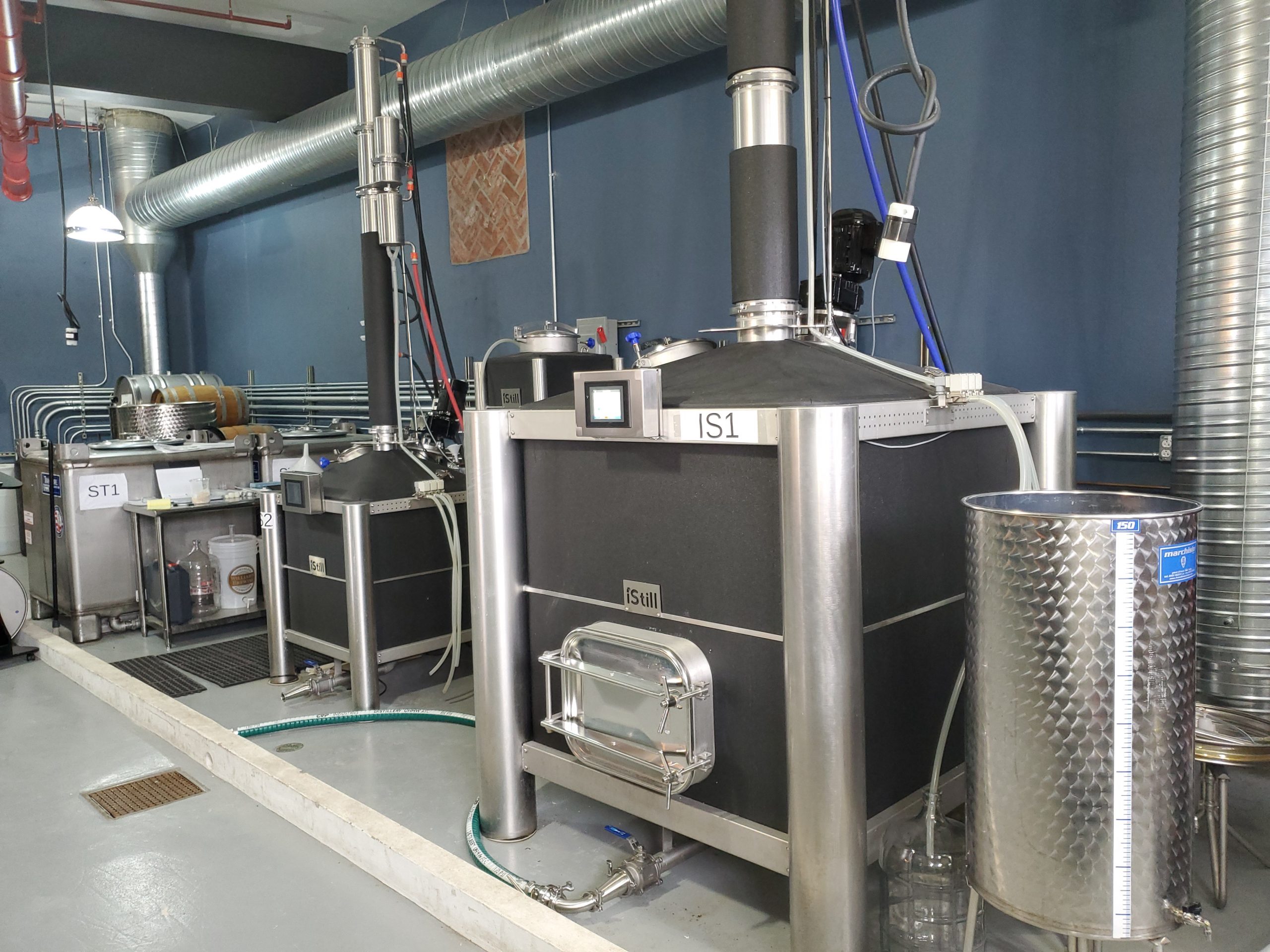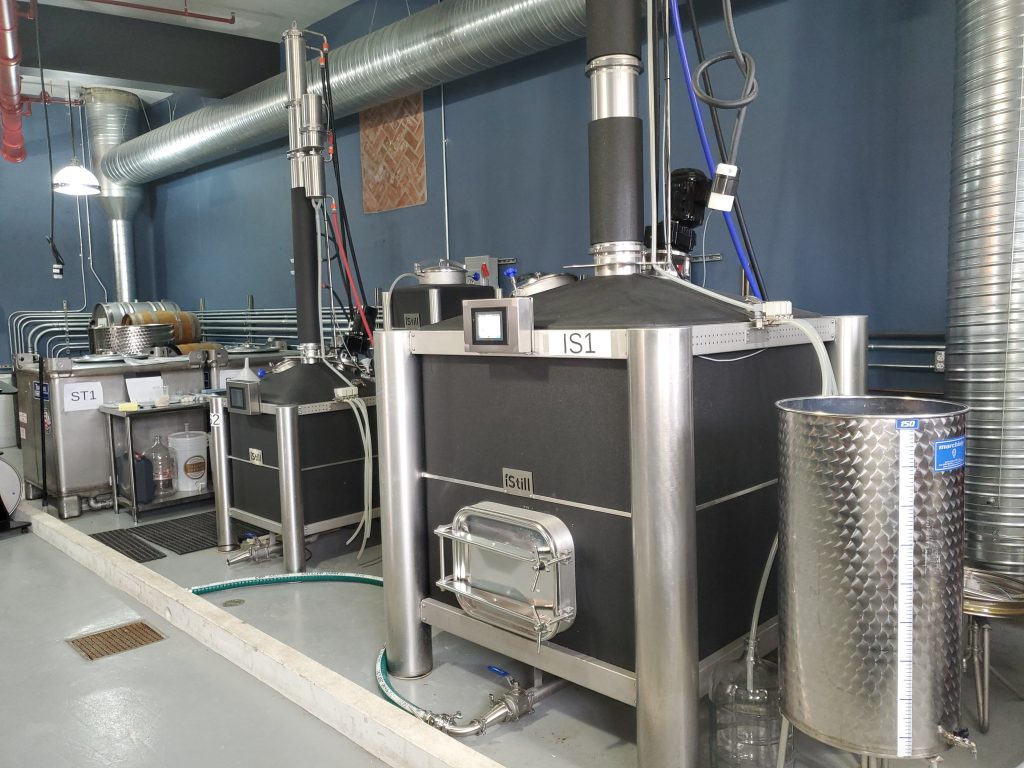CARES Act Will Help Craft Distillers As States Loosen Regulations
In late March, the House passed the CARES Act Covid-19 Economic Relief Package, which had already passed the Senate, and President Trump signed the bill into law. The law is a $2 trillion stimulus/economic relief package that includes extensive small business assistance that could prove a lifeline for craft distillers across the country. Like restaurants, craft distillers have been hit particularly hard by the coronavirus shutdown, especially distilleries that rely primarily on their tasting rooms and local on-premise revenue.
Chris Swonger, president and CEO of the Distilled Spirits Council of the United States, issued the following statement on the passage of the law: “This law represents a critical lifeline for distillers across the country, who are in desperate need of economic relief after shutting down their tasting rooms, ending distillery tours, and experiencing significant sales declines from restaurant and bar closures. In the days, weeks and months ahead, we will be working closely with leaders in Congress and the administration to ensure they fully understand the financial hardships faced by distillers and the need for additional economic relief measures. We must move quickly to get America’s distilleries thriving again. The distilled spirits sector, which employs 1.6 million people nationwide and generates $180 billion in economic activity, is an integral part of the nation’s hospitality, tourism and restaurant industries.”
In addition, a number of states, including California and New York, have loosened restrictions on distillery sales, often by allowing curbside pickup or delivery of spirits directly to consumers’ doors. Although the changes are intended to be temporary for the duration of the crisis, the spirits industry has actively pushed for many of these modernizations for years.
SBA Disaster Loan Information and Resources
Small business owners in all U.S. states and territories are currently eligible to apply for a number of loans and other programs from the Small Business Administration (SBA) due to coronavirus. These resources include:
General SBA Disaster Loans
The SBA is offering low-interest disaster loans in all U.S. states and territories due to the coronavirus criss. These include express bridge loans and other resources. Read more for general details.
Paycheck Protection Program
The Paycheck Protection Program is a loan designed to provide a direct incentive for small businesses to keep their workers on the payroll. You do not need an existing SBA loan to apply. These loans will be forgiven if all employees are kept on the payroll for eight weeks and the money is used for payroll, rent, mortgage interest, or utilities. Read more for full details.
Economic Injury Disaster Loan
The CARES Act includes the opportunity to get up to a $10,000 Advance on an Economic Injury Disaster Loan (EIDL). This Advance may be available even if your EIDL application was declined or is still pending, and will be forgiven. If you wish to apply for the Advance on your EIDL, visit SBA.gov/Disaster to fill out a new, streamlined application. In order to qualify for the Advance, you need to submit this new application even if you previously submitted an EIDL application. Applying for the Advance will not impact the status or slow your existing application.
Other Resources:
CARES Act: Understand Your Options
Full List of SBA Resources for COVID-19 Relief
U.S. Chamber of Commerce Guide to Federal Coronavirus Small Business Aid
Northern California SBDC – Webinars On Disaster Aid, Crisis Cash Flow, and More
TTB Postpones Tax Payment and Filing Due Dates Due to COVID-19
Due to the COVID-19 crisis and the impact it is having on beverage alcohol producers, the TTB has postponed a number of tax and other deadlines that originally fell after March 1 and through July 1, 2020. These include, among others:
- Excise tax due dates for distilled spirits
- Filing due dates for excise tax returns
- Filing due dates for operational reports and export documentation
- Filing due dates for credit or refund requests
TTB will also consider other emergency variations from regulatory requirements on a case-by-case basis. See here for full details.



